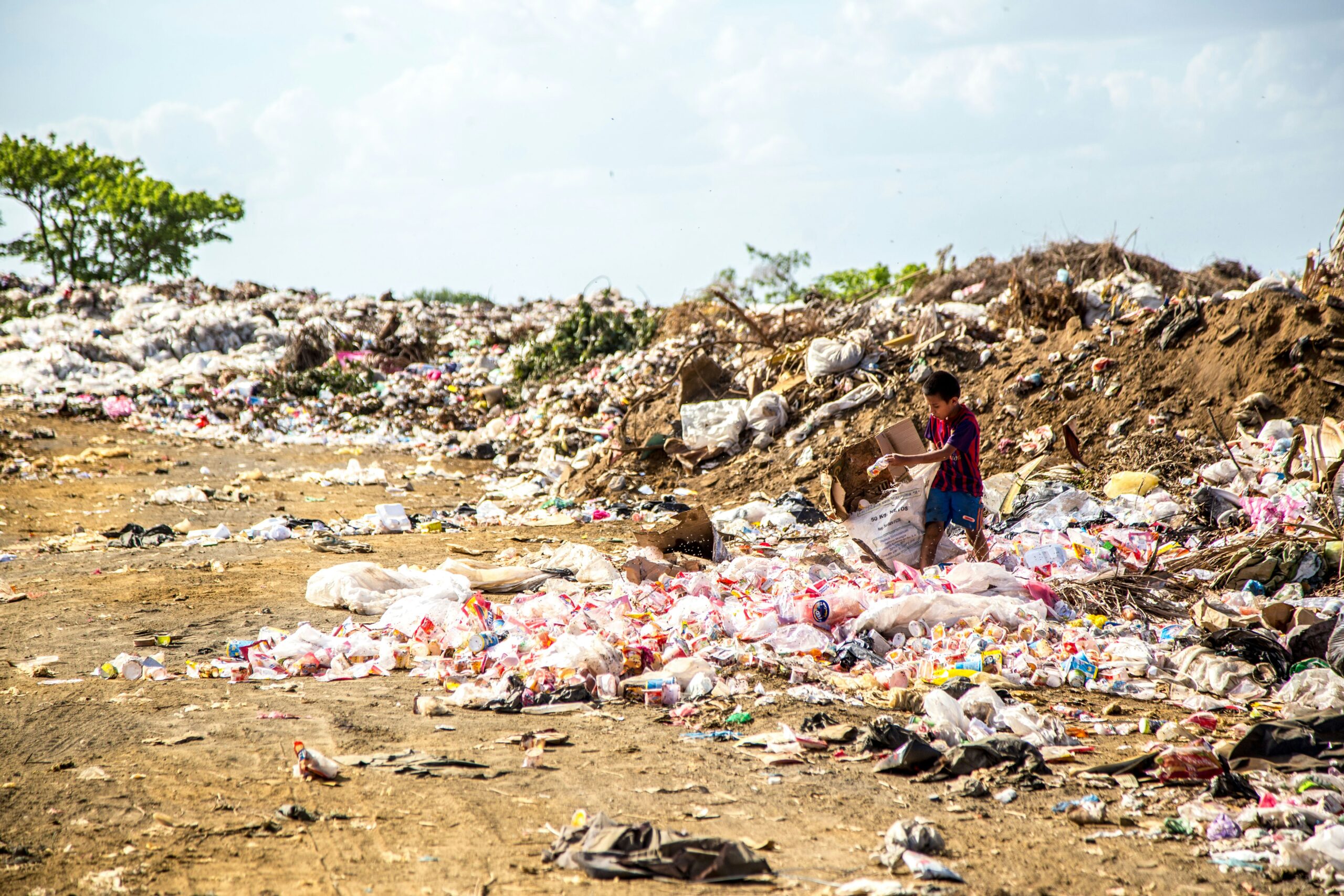The beauty industry is often seen as a realm of self-expression, empowerment, and creativity. However, it also comes with significant environmental and social costs that are increasingly being brought to our attention. The concept of self-care, which is meant to promote wellness and self-love, can sometimes paradoxically contribute to waste and over consumption, which is bad for our budgets, and bad for our environment.
Despite the positive aspects of beauty and self-care, the industry is notorious for its waste generation. Here are some key points to consider:
-
Packaging Waste: Many beauty products come in single-use, hard to recycle plastic packaging, contributing to the global plastic crisis. Shampoo bottles, lipstick tubes, and cream jars often end up in landfills or the ocean, taking hundreds of years to decompose, if not ever actually decomposing at all.
-
Ingredient Sourcing: The extraction of certain natural ingredients can lead to deforestation and habitat destruction. For example, the demand for palm oil and certain minerals has had devastating effects on ecosystems.
-
Fast Beauty: The rise of “fast beauty” brands—akin to fast fashion—promotes a culture of overconsumption. New trends emerge rapidly, encouraging consumers to buy more products, often leading to discarded items that are barely used. Social media also contributes to this with all of the trends and constant consumption.
-
Microplastics: Some beauty products, particularly exfoliants and cleansers, contain microplastics that wash into our waterways, harming marine life and entering the food chain. Not to mention the glitter and microplastics that are in makeup.
Mindful Self-Care
To align the principles of self-care with environmental sustainability, here are some mindful practices:
-
Minimalism: Embrace a minimalist approach to beauty. Focus on a few high-quality products that serve multiple purposes, reducing both consumption and waste.
-
Eco-friendly Brands: Support brands that prioritize sustainable practices, use biodegradable packaging, and source ingredients responsibly. Many companies are now offering refillable options as well.
-
DIY Solutions: Consider creating your own beauty products using natural ingredients. This not only reduces packaging waste but also allows you to know exactly what you’re putting on your skin.
-
Conscious Consumption: Before making a purchase, ask yourself if you truly need the product. Consider its lifespan and the waste it might generate. Look in your arsenal of products you already own, do you really need another highlighter.
-
Education and Advocacy: Stay informed about the environmental impact of beauty products and advocate for change within the industry. Support initiatives that promote sustainability and hold brands accountable for their practices.
-
Practice: the ” I want” list. Make a list of things you think you may want, revisit it a few weeks later. Nine out of ten times you will probably be happy that you didn’t spend money on something you really didn’t need.
What can we do about it?
The first step to being more sustainable and conscious of beauty and self-care waste would be to consume less, be more mindful about what you consume, and be educated on the damage we are creating by consuming so much.
The second important step to making positive changes with beauty and self-care waste is to purposely purchase items that can be responsibly recycled.
The third step would be to recycle the hard-to-recycle items with an organization like TerraCyle.
TerraCycle is a social enterprise focused on recycling hard-to-recycle materials. Here’s a breakdown of how it works:
1. Waste Collection
TerraCycle partners with individuals, communities, and organizations to collect waste that is typically non-recyclable, such as toothpaste tubes, chip bags, and cosmetic containers.
2. Brigades
TerraCycle runs specific programs called “Brigades” for various types of waste. Participants can sign up for these Brigades to collect specific waste types, and they often receive rewards for their efforts, such as points that can be redeemed for donations to charities or for TerraCycle products.
3. Sorting and Processing
Once collected, the waste is sent to TerraCycle facilities where it is sorted. The materials are then cleaned and processed to be turned into new products. This might involve shredding, melting, or otherwise transforming the materials.
4. Upcycling and Manufacturing
TerraCycle doesn’t just recycle materials; it also upcycles them into new products. This can include items like benches, playgrounds, and bags made from recycled waste, helping to create a circular economy.
5. Education and Advocacy
TerraCycle also focuses on educating the public about waste reduction and recycling, encouraging people to think critically about their consumption habits and the lifecycle of products.
6. Partnerships with Brands
Many brands partner with TerraCycle to create recycling programs for their products. This allows consumers to return packaging and materials directly to the company for recycling, promoting corporate responsibility and sustainability.
Here is a little video on how they are able to recycle the hard to recycle materials.

